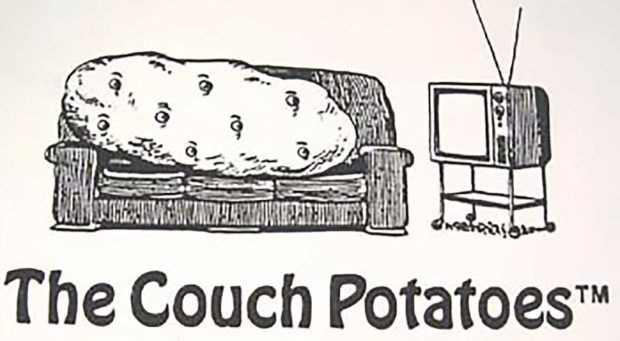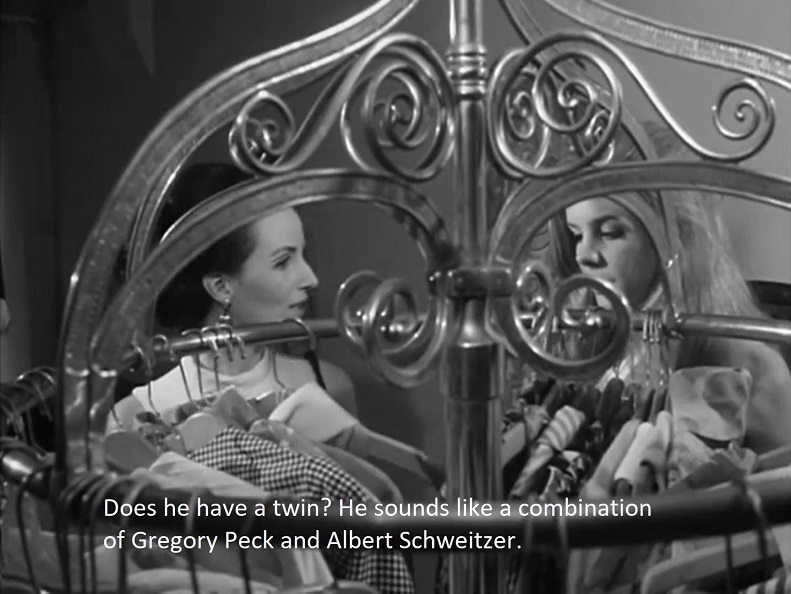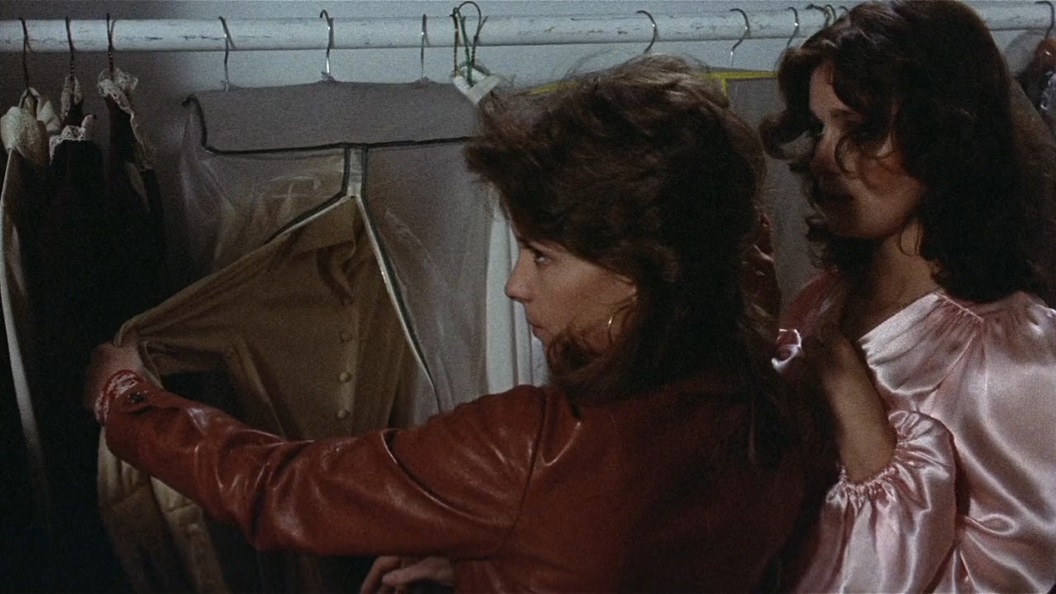"IT'S A VIBE, AN EXPLORATION OF THEMES"
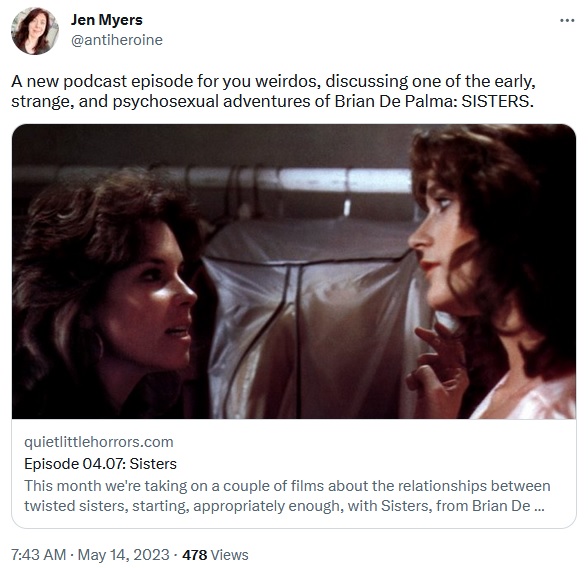
 Hello and welcome to the unofficial Brian De Palma website. Here is the latest news: |
|---|
E-mail
Geoffsongs@aol.com
-------------
Recent Headlines
a la Mod:
Listen to
Donaggio's full score
for Domino online
De Palma/Lehman
rapport at work
in Snakes
De Palma/Lehman
next novel is Terry
De Palma developing
Catch And Kill,
"a horror movie
based on real things
that have happened
in the news"
Supercut video
of De Palma's films
edited by Carl Rodrigue
Washington Post
review of Keesey book
-------------
Exclusive Passion
Interviews:
Brian De Palma
Karoline Herfurth
Leila Rozario
------------
------------
| « | May 2023 | » | ||||
| S | M | T | W | T | F | S |
| 1 | 2 | 3 | 4 | 5 | 6 | |
| 7 | 8 | 9 | 10 | 11 | 12 | 13 |
| 14 | 15 | 16 | 17 | 18 | 19 | 20 |
| 21 | 22 | 23 | 24 | 25 | 26 | 27 |
| 28 | 29 | 30 | 31 | |||
De Palma interviewed
in Paris 2002
De Palma discusses
The Black Dahlia 2006

Enthusiasms...
Alfred Hitchcock
The Master Of Suspense
Sergio Leone
and the Infield
Fly Rule
The Filmmaker Who
Came In From The Cold
Jim Emerson on
Greetings & Hi, Mom!
Scarface: Make Way
For The Bad Guy
Deborah Shelton
Official Web Site
Welcome to the
Offices of Death Records
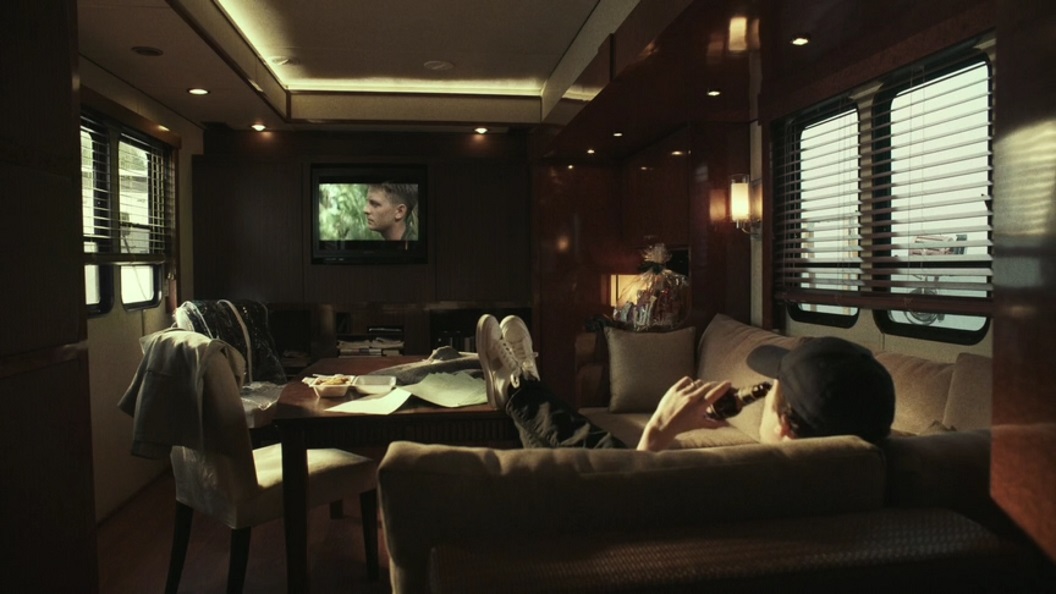
"I found an incredible joy and levity in his books, and that surprised me," Guggenheim tells A.frame. "At first, I thought, 'Someone should direct a movie about Michael,' and then I realized, 'No, I should direct a movie about Michael.'"That movie is Still: A Michael J. Fox Movie, which features intensely personal interviews between Fox and Guggenheim about the former's life and legacy, as well as exploring the ways in which the actor has dealt with his diagnosis of early-onset Parkinson’s disease. According to Guggenheim, it was Fox's resilient spirit in the face of adversity that struck such a chord with him. "It made me think, 'If this guy can be so upbeat when he's got this chronic diagnosis and I'm more dark and pessimistic than him, what's really going on here?' I wanted to solve that riddle," he recalls.
"The best movies, for me, are the ones that you come at personally," says the filmmaker. "I just felt drawn to Michael as a person."
A.frame: Michael J. Fox is somebody who has been a constant fixture in a lot of peoples' lives for 40 years. Was the thought of exploring his career and pop cultural impact onscreen at all daunting, or just exciting?
It's always a little daunting, but mostly exciting. I wanted to break out of the sort of rut I was in. I mean, it was a good rut. I had made a lot of films that are about substantial things and topics that stimulated my intellect. But I wanted to break out of that, and there's something about Michael that was appealing to me. "Appealing" doesn’t even seem like the right word. There's something about him that I needed.
The film really captures his resiliency. There's a moment near the start of the film where he falls and this woman comes back to check on him and he just looks at her and quips, "You knocked me off my feet."
He's a saint. That could easily be a line from Alex P. Keaton or Marty McFly, and that moment says a lot. It was a total surprise, first of all. We almost cut just before that. We thought the take was over and he trips very deep in the frame. I've watched it so many times, though, and the thing is that he's being very deliberate with his steps while he's walking so that he doesn't fall, and then the thing that trips him up is the woman. They pass each other and she says, "Hello, Mr. Fox," and he can't help but turn to face her because he's that kind of guy. He doesn't want to be aloof. He wants to be kind, and it's that kindness that sends him tumbling. And then, of course, instead of doing what I would probably do — which is stay on the ground and call my family — he gets up and says, "You knocked me off my feet," and the woman laughs. It says everything about him. He insists that no one looks at him like he's a pathetic creature.
You use a blend of multiple different kinds of footage and media in the film. What was your thought process behind shooting some of the recreation footage used in the doc?
I knew we had to do recreations right away. Then we got Michael Harte to come on board as our editor, who's a genius. I think at Sundance I called him a "wizard genius," and I genuinely do believe that, because he's just the most gifted editor. My solution to depicting certain moments that we didn't have any archival footage for was to do recreations. His solution was always to try and find moments from Michael J. Fox's movies and re-craft them in new and inventive ways. I've seen that done before here and there. Ethan Hawke does it in his Paul Newman and Joanne Woodward documentary series, The Last Movie Stars, which is wonderful. But Michael does it very differently in Still.
You mean because he blends the recreations and movie scenes together?
Yes. For instance, it goes by too fast because it's at the very beginning of this movie, but there's a shot of this hotel in Florida. It's the first shot of the film. Then we cut to a hallway and then to a bed and then you see this figure in the bed and the figure turns and that's all recreation. But then when we cut to a close-up of him waking up, that's from The Secret of My Success. Then we cut back to the hotel room and we show him having a fistfight with Woody Harrelson in basically 10 different movies. In those scenes, the editor and I always battle a little about how to depict each moment, and we fought and fought and fought until the movie decided what was best, ultimately.
Michael is really the only person directly interviewed in the film. Did you ever consider including interviews with any of his peers or family members?
I almost didn't interview him, actually. The original plan was no interviews at all. I pitched the film to Apple that watching it would feel like watching an '80s movie. I wanted a big score. I wanted big music cues from Guns N' Roses and the Beastie Boys. I even got John Powell to score the film, and he'd never scored a documentary before. He's just done big Hollywood movies previously. I so wanted to switch directions from my previous films. I wanted to take people on a wild ride, and interviews tend to slow films down. Interviews are like the basic language of documentaries. But I'd been working on the film for a while already, and I was doing this commercial and this cinematographer showed me a shot where you can put the camera in a certain way that it looks like the interviewee is looking into the lens. It worked really well, but you have to sit really close to the camera in order to achieve that effect.
So, Michael and I were always only about four feet apart from each other. We were always looking right into each other's eyes, and I just thought, "This is amazing." It was so right, because he's right there. I didn't know for sure if it was going to work or if the audience would always be able to understand him — because sometimes his Parkinson's makes it difficult to understand what he’s saying — but he was so funny. He's funny exactly the way you see he is in the film, and he's so winning that it just worked. So, we did more interviews. We just kept going back. We did that kind of interview together about six different times.
Fox does the most ambitious work of his career in Brian De Palma's take on the Vietnam War. He plays a private who dares to go against a gung-ho sergeant (Sean Penn) after the rape and murder of a civilian. The film never got the attention it deserved, in part because it premiered in the shadow of "Platoon." HBO Max
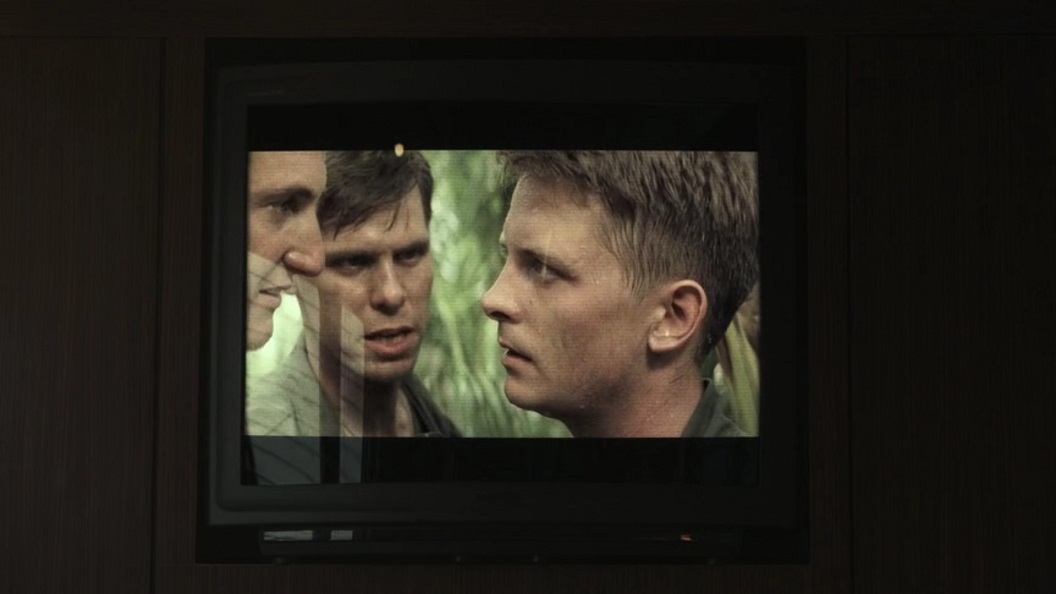
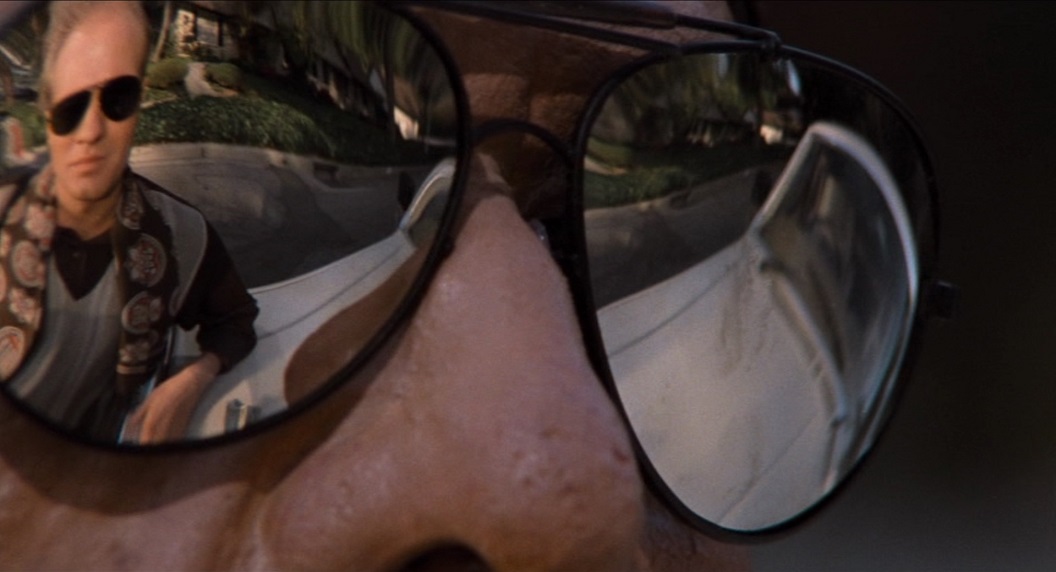
All three of David Robert Mitchell's features to date - The Myth Of The American Sleepover, It Follows, and Under The Silver Lake - are also part of the series, as he was there last week for the retrospective of his films, and also presnted a Masterclass and "carte blanche," for which he chose two of the series' other films to speak about about. With help from Google Translate, here's what Télérama's Augustin Pietron-Locatelli writes:
On the occasion of its “Portrait of Los Angeles” cycle, the Forum des images received filmmaker David Robert Mitchell. Inhabited by the works of those who had filmed it before him, he superbly staged the city of angels in “Under the Silver Lake”.He has seen films about it, and his own are full of references: in three feature films, David Robert Mitchell proves his mastery of a wide range of American genres. A reinterpretation of the teen movie, The Myth of the American Sleepover (2010, unreleased in France), his idea of Hitchcockian horror with It Follows in 2014, and then Under the Silver Lake, a hallucinated film noir, a little shunned during its passage in Official Selection at the Cannes Film Festival 2018.
Originally from the suburbs of Detroit, "DRM" only landed in Los Angeles for its third feature film. But he knows by heart the classics that depict the city: he is well suited to draw a portrait of them. When we meet the American filmmaker before his first session presentation at the Forum des images in Paris, we discover a man who certainly does not look 48 years old. And who doesn't seem to have come down from an eleven-hour plane flight either... For his carte blanche, clever, he presents two films "which are dear to him", but which, above all, he evokes the air of nothing in his own feature films.
First, The Long Goodbye (1973), which was already haunting the balconies of posh villas… “Is the atmosphere of Robert Altman’s film reflected in mine? A little, but it's the fault of this sacred city, and of all these films about Los Angeles which overwhelm my subconscious," warns the filmmaker. Then, Body Double (1984), by Brian De Palma: “The most “Los Angeles” film of all time. I loved rediscovering it once I settled in California. It’s a brilliant work on voyeurism, strange and full of changes of tone…”
He is reminded that there is a lot of Body Double in Under the Silver Lake. He nods laughing. And continues: “Of course, just like there is a lot of Rear Window in Body Double. I love Hitchcock's films but De Palma takes his language, his techniques, pieces of history and transforms them, takes them further." Mitchell's third film also has this “patchwork” side crossed by references and reinterpretations; the filiation is essential, but we will not make him say that he prefers De Palma. “Do you realize what that would entail? I like both of them. I'm not very good at these rankings that sanctify."
David Robert Mitchell has his own relationship to idols. He cites them willingly, but denies doing so for free. “I am for the 'light' reference, which does not exist for the wink but to share a feeling, which the film arouses in me." Its main character, Sam (Andrew Garfield), for example, pursues a young blonde woman, Sarah (Riley Keough), who cannot fail to recall Naomi Watts in a certain David Lynch film on a certain Californian road. "Mulholland Drive? I built myself by idolizing Lynch. I wouldn't want to imitate him, especially not. I love him so much it must be accidental. Because I had already been told that after The Myth, for which I was thinking of everything but that. I'm probably inhabited… " In fact, Sarah evokes a completely different reference: the young woman speaks to Sam from a swimming pool, "the" scene of Something's Got to Give, the unfinished film - and cult - by George Cukor with Marilyn Monroe.
The director is aiming for the same thing with Los Angeles, and continues to reflect images that we already know, while opening new windows. It's the look of a Michigan native who grew up "super far from movies, while loving them very much". He also shot his first two feature films in Detroit. Then moved to Los Angeles, a city he struggled to “apprehend” at first, to tell himself that he was at home there. But Under the Silver Lake passes for a “Backpacker's Guide” created by a native who knows the city like the back of his hand, with places that we have not seen elsewhere. He tempers: “I arrived in LA with images in mind, seen in all the films all my life. Suddenly, I can reevaluate them by comparing them with the real thing. But the reality presented in the film no longer really exists. It is a set of micro-events, images and clues from my experience arriving in town."
All the same, we come across immutable landmarks. How many times have we filmed the Griffith Park observatory since Rebel Without A Cause? The references even start to intertwine, like in La La Land, where the characters watch the Nicholas Ray movie and then race down the hill. David Robert Mitchell also stages it in his feature film on Los Angeles. Sam performs a sketch with the statue of James Dean in front of the observatory. When asked what the intensity of the place is, "DRM" sketches a smile. "I wish I had a more interesting answer, a director's answer, let's say... But I love this place, and the films that have exploited it. Just going there is magic. In Under the Silver Lake, I think I scrutinized the statue with my director's gaze. But in real life, it's not even a movie anymore. It's just the whole soul of LA in one place!"
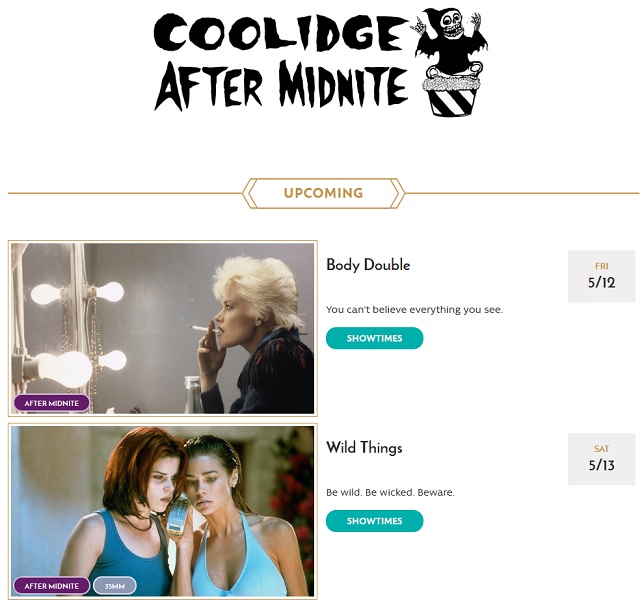
[Karina] Longworth’s pick from the Coolidge program — and my favorite of the films as well — is Brian De Palma’s blissfully irreverent 1984 “Body Double.” Screening this Friday, May 12, the movie stars Bill Maher-lookalike Craig Wasson as a pervy peeping tom duped into witnessing a murder. Directing with his middle fingers held aloft, De Palma answers critics who dismissed him as an Alfred Hitchcock copycat by mashing up “Vertigo” with “Rear Window” and casting the daughter (Melanie Griffith) of one of Hitch’s most iconic iceberg blondes (Tippi Hedren) as a porn star named Holly Body. Griffith’s hugely charismatic performance revived the former teen starlet’s flagging movie career, while De Palma’s flights of puckish virtuosity taunted his detractors with hilariously Freudian sights like the killer wielding a massive power drill at crotch level. We talk a lot about movies that couldn’t get made today, but when it comes to “Body Double,” Longworth admits, “it’s pretty incredible it ever got made.”She’s higher than I am on "Cat People." Screening on May 20, Paul Schrader’s 1982 remake of Jacques Tourneur’s 1942 classic stars Nastassja Kinski and Malcolm McDowell as siblings descended from an ancient race that transforms into hungry sex panthers whenever they get too horny. Despite some sumptuous visuals by production designer Ferdinando Scarfiotti and a hypnotic Giorgio Moroder score, the central metaphor has always struck me as a little too heavy-handed, even by Schrader standards. For a superior supernatural New Orleans-set neo-noir, I suggest Alan Parker's "Angel Heart," which plays on May 19. The film famously got Lisa Bonet fired from “The Cosby Show” for playing a Voodoo priestess who sacrifices chickens while seducing Mickey Rourke’s doomed private dick. (Any movie that so enraged a moral authority like Bill Cosby must be doing something right.)
For further Hitchcock sacrilege — and sacrilege in general — Ken Russell’s 1984 “Crimes of Passion” (screening May 26) stars Kathleen Turner as a buttoned-down businesswoman who puts on a platinum wig and moonlights as a sex worker named China Blue in a skanky, downtown no-tell motel. In this garish, neon underworld, she fends off the affections of a perverted priest played by the “Psycho” himself, Anthony Perkins, in his most repellent performance, which is saying something. Amid such company, Barbet Schroeder’s 1992 “Single White Female” (showing May 27) seems positively demure. It’s a sturdily-crafted, formula potboiler elevated by fine work from a much-missed Bridget Fonda and Jennifer Jason Leigh as her increasingly unhinged new BFF. My guess is it’s included in the program just for an unforgettable scene in which Fonda’s fiancée Steven Weber fails to recognize which roommate he’s with until a little too late.
The erotic thriller basically took its final bow in 1998 with John McNaughton’s “Wild Things,” screening on 35mm this Saturday, May 13. Matt Dillion stars as a hunky high school guidance counselor accused by two students of sexual misconduct in this swampy Florida romp full of sordid revelations and delicious double-crosses. The bad girl turns by Denise Richards and Neve Campbell imprinted upon an entire generation of teenage boys, while Kevin Bacon lets it all hang out as a pushy, ethically queasy cop. But the film is stolen by supporting players Theresa Russell and Bill Murray, who find the sweet spots between half-kidding and camp in a screenplay twisty enough that the plot is still explaining itself throughout the closing credits. “Wild Things” is so hopped up on horny tastelessness it’s almost as if the genre had nowhere left to go.
The very premise of the film is also unthinkable in today’s political climate, which is another reason you won’t see movies like these being made anymore. “I think there is a lot of fear in the culture right now about dealing with all of the issues surrounding sex between men and women,” Longworth says. “We’ve never come close to resolving most of the imbalances and inequalities that charge a lot of these movies of the ‘80s and ‘90s and I think we’re uncomfortable with the lack of progress. I also think that the best of these movies are somewhat ambiguous as to what constitutes ‘good’ and ‘bad’ and ‘normal’ or ‘not normal,’ which is true to human nature but doesn’t jibe with a strain in our culture that wants to pretend that anything they don’t approve of or don’t feel comfortable with doesn’t exist.” Indeed, such stories are probably more palatable to modern audiences with the safe distance of being appreciated as artifacts from Hollywood's problematic past.
But hey, we’ll always have “Body Double.”

At Wired, John Semley writes:
In this movie, Johnson gives the pop culture geek a fairer, more forgiving, shake. He wanted to create what he calls “the anti-Big Bang Theory,” referring to the wildly popular syndicated sitcom that he regards “detestable.” “It’s no coincidence,” he points out, “that the guys who invented the first tele-communicator were all Star Trek fanatics.”BlackBerry’s opening credits montage situates the device as part of a longer pop culture lineage, running from Star Trek to Blade Runner, Inspector Gadget, and Mighty Morphin Power Rangers. The sequence draws a direct line from the pop culture obsessives of the past and the technologists of the present. As Johnson puts it, “I don’t think the nerds of the '90s get enough credit for inventing the future.”
BlackBerry foregrounds this industriousness. In an early, legitimately thrilling sequence, a group of pale, bespectacled engineers frantically jury-rig a smartphone prototype out of a calculator, a TV remote, a Nintendo Game Boy, and a vintage Speak & Spell. Waking up at his desk the next morning in a puddle of his own drool, Doug declares, “I had a dream we were rich.” And then, citing Dune, “And sometimes my dreams occur exactly as I dreamt them.”









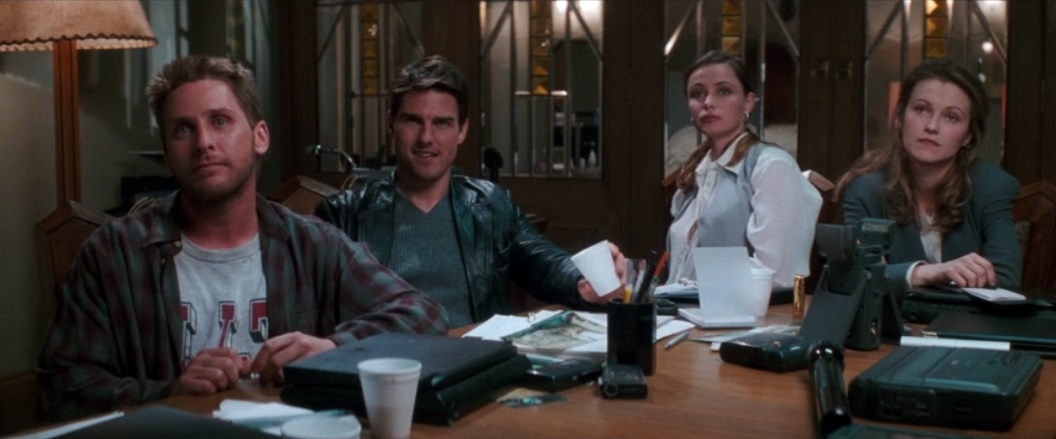
Before we run out of time, there’s something I’ve always wanted to ask you. When I saw Mission: Impossible in theaters, I was so excited you were in it, and obviously you don’t last very long in that movie. I’ve always wondered if that was a friendly payback for killing Tom Cruise in his brief Young Guns cameo.No, it wasn’t that at all. The way Tom had explained it, he said, “Look, I’d love for you to come and join the cast. The whole opening number where everybody gets wiped out, it’s going to be a lot of well-known people and all of them are going to go uncredited and it’s really going to set up the level of peril for Ethan.” And I said, “I’m in. You don’t have to ask me twice, I’m in.” And then afterwards, obviously, the movie’s a giant hit.
Right. They’re still making them. There’s one coming out this year.
Still making them! Tom was like, we were doing a run the year after that and he says, “Man, we made such a mistake killing you off.”
I agree with Tom.
He and John Woo were trying to figure out a way to bring me back for part two, but it just didn’t make sense. I thought you could have because with all the masks, right?
Right… That would’ve been tough though. I mean, you got smashed by an elevator. That’s a tough one to recover from in the hospital.
[Laughs] Right.
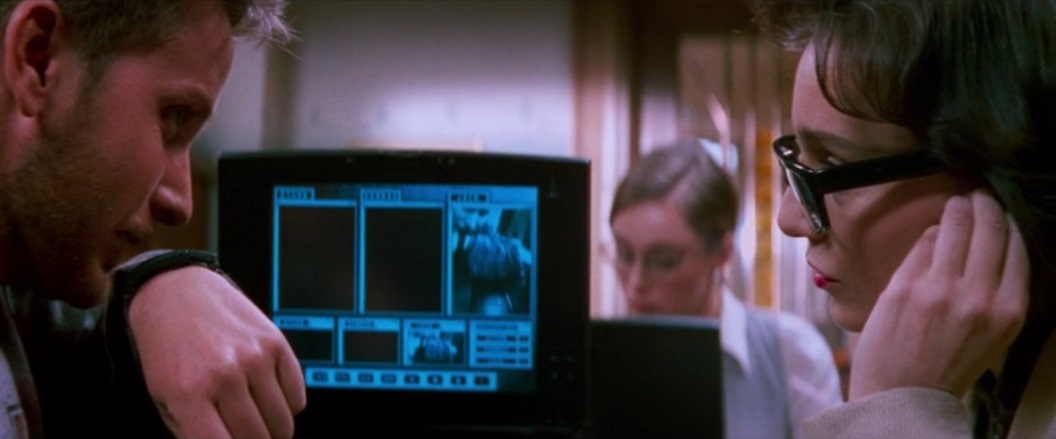
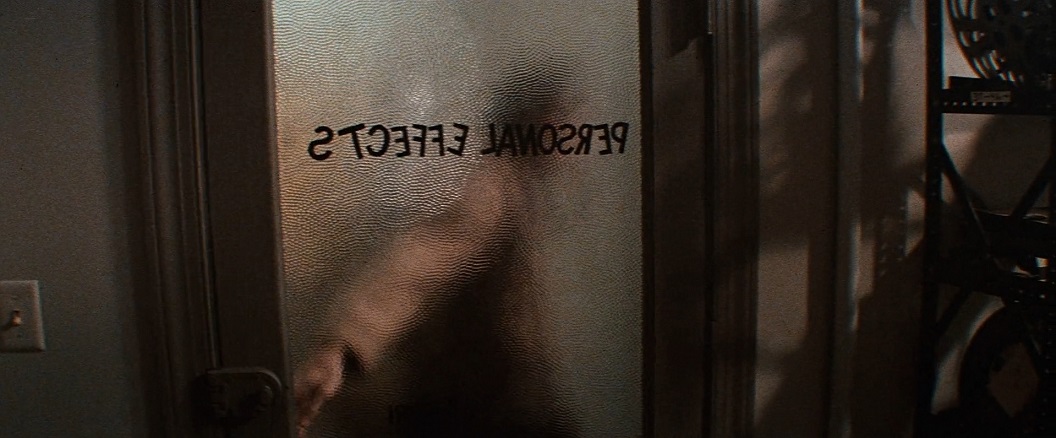
There arguably isn’t another director who has built as prolific a filmography off the back of simply his love for cinema as Brian De Palma has. His reverence for Alfred Hitchcock is well documented and observed through Blow Out, but the plethora of pastiches in the film include nods to Stanley Kubrick, Howard Hawks, and Sergei Eisenstein amongst many others. It’s been argued extensively that De Palma’s style of chopping up what he loves and reforming it to present something new, almost as if it’s a theatrical equivalent to a hot dog, is something that works at the expense of his true personality coming through in his films. I contend that’s not really true. The approach itself is as much a reflection of his personality as any other director’s could be said to be and through Blow Out we can see just how much the arts of cinema and filmmaking mean to De Palma. It’s quite literally a matter of life and death.Blow Out is a film that wears its influences proudly. Jack, played by John Travolta, is a sound guy who works for a studio producing schlocky horror movies on what looks like a perpetually repopulated assembly line. It starts with a POV shot that, despite its satirical nature, could have easily been stolen from John Carpenter’s editing suite. In fact, it’s so close to the opening of Halloween that it retroactively makes it funny. The point of view camera shot, the detached suburban house stalked through its windows, and the eventual reveal of the killer are all essentially satirical interpretations of it. Beyond that, though, its narrative structure has often been compared to Michelangelo Antonioni’s Blow-Up and Francis Ford Coppola’s The Conversation, while its pacing and the ways it builds tension are clearly drawn from Hitchcock’s work. Where it differs from them all and becomes its own, independent, piece of art is in what importance it gives to one particular element of it all.
The central theme between the three is that the man in the middle of them all is a loner with a specialty. He’s so enamoured with his work that he regularly finds himself isolated and pushing others away as a result of it. In Blow-Up, he’s a photographer, whereas in The Conversation he’s a surveillance expert. In Blow Out, he’s deeply embedded in the film industry.

The first couch potato was named and affectionately shamed in Pasadena, California, in 1976, when Tom Iacino, an illustrator and designer, made a phone call to his TV loving friend Robert Armstrong, a cartoonist. According to an interview Iacino gave to Bon Appétit in 2014, Armstrong’s girlfriend picked up, and Iacino asked, “Hey, is the couch potato there?”. When she looked over and actually found him on the couch, she cracked up. Armstrong soon asked his friend to trademark that unplanned, brilliant coinage, and in 1979 they took part in an alternative parade, the Doo Dah Parade, with a floating showing a floor with a couple of couches on it. In 1983, Armstrong and the writer Jack Mingo published “The Official Couch Potato Handbook,” a sort of ironic hymn to slouching proudly in front of the TV, taking a stand against Californian healthy lifestyle in the 70s. Armstrong even created a newsletter called The Tuber's Voice that went into many editions.
